Home>Technology>Home Entertainment Systems>3D Television: How Does It Work?
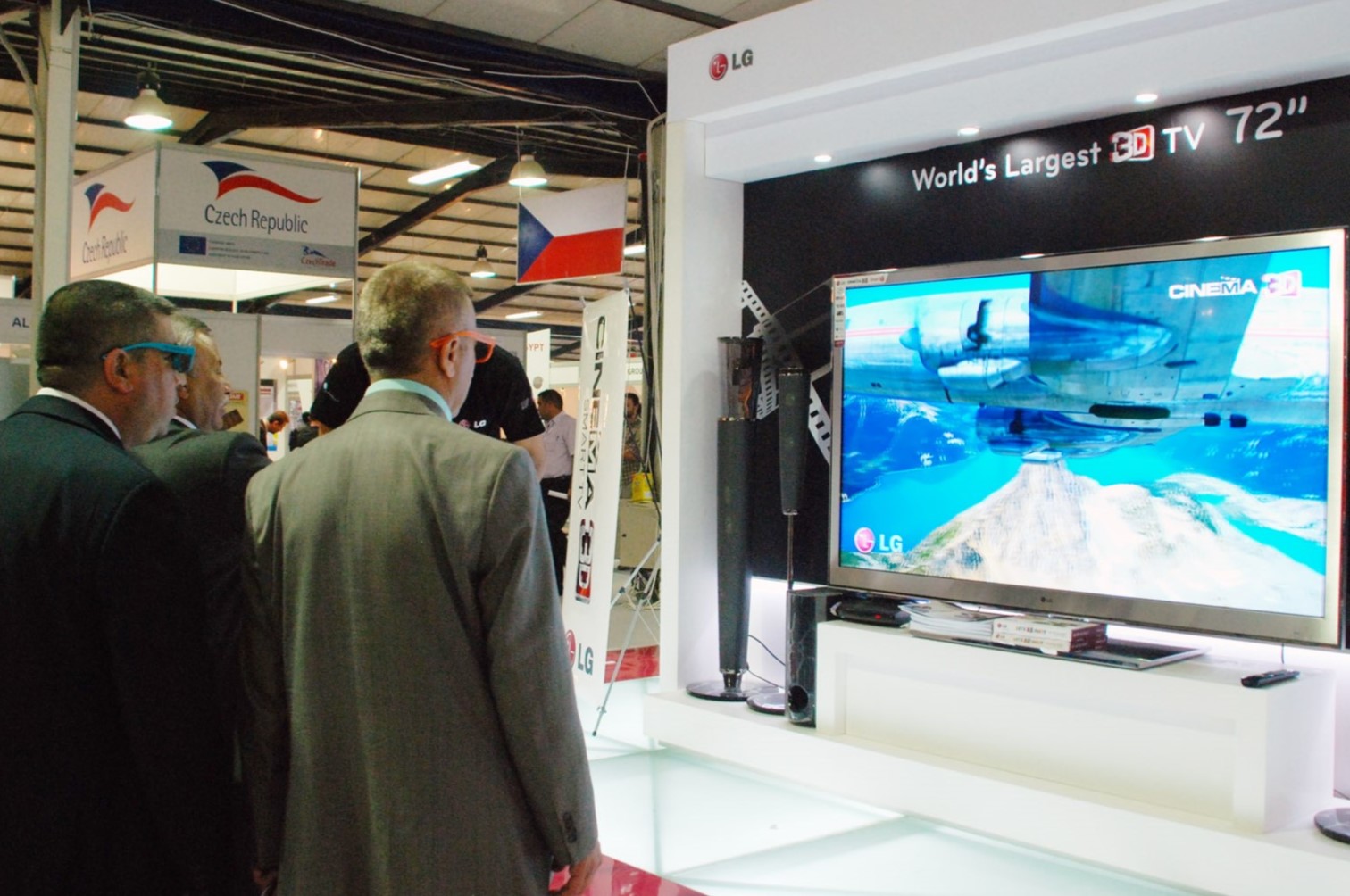

Home Entertainment Systems
3D Television: How Does It Work?
Modified: January 9, 2024
Learn how 3D televisions work and enhance your home entertainment system. Discover the immersive experience of watching movies and shows in stunning 3D.
(Many of the links in this article redirect to a specific reviewed product. Your purchase of these products through affiliate links helps to generate commission for Storables.com, at no extra cost. Learn more)
Introduction
3D television has revolutionized the way we experience home entertainment. It allows us to immerse ourselves in a world of stunning visuals that leap out of the screen and into our living rooms. But have you ever wondered how this magical technology actually works?
In this article, we will delve into the fascinating world of 3D television and explore the intricate processes that make it all possible. From stereo photography and stereoscopic video capture to display technologies and glasses, we will uncover the secrets behind the mesmerizing 3D experience.
So, let’s put on our 3D glasses and embark on a journey to discover the inner workings of 3D television!
Key Takeaways:
- Dive into the captivating world of 3D television, where stereo photography, stereoscopic video capture, and advanced display technologies work together to create an immersive and engaging viewing experience, transforming home entertainment.
- Despite challenges like the need for glasses and limited content availability, the evolution of 3D television technology holds promise for a more accessible, convenient, and enjoyable viewing experience in the future, with advancements in glasses-free displays and enhanced content production.
Read more: 3D Hologram Projector: How It Works
How 3D Television Works
At its core, 3D television works by tricking our eyes into perceiving depth in a two-dimensional image. This illusion is created using a combination of stereo photography, stereoscopic video capture, and specialized display technologies.
Stereo photography is the foundation of 3D television. It involves capturing two slightly offset images of the same scene, simulating the way our eyes perceive depth. These images, known as the left-eye image and the right-eye image, are then displayed sequentially or simultaneously to create the illusion of depth.
When it comes to capturing stereoscopic video, specialized cameras or dual-camera setups are used to record the left-eye and right-eye images simultaneously. This allows for a more immersive and realistic 3D experience.
Once the images are captured, they need to be displayed in a way that allows our eyes to perceive depth. This is where display technologies come into play. There are several methods used in 3D televisions, including active shutter glasses, passive polarized glasses, and autostereoscopic displays.
Active shutter glasses work by rapidly alternating the images displayed on the television screen. The glasses sync with the television and open and close shutters over each eye, allowing the left-eye and right-eye images to be seen separately by each eye. This creates the perception of depth and results in a 3D experience.
Passive polarized glasses, on the other hand, rely on different polarization filters applied to the screen and the glasses. The television screen displays the left-eye and right-eye images side by side, and the glasses ensure that each eye only sees the corresponding image. This method is often used in movie theaters and is more comfortable for extended viewing.
Autostereoscopic displays, also known as glasses-free 3D displays, aim to eliminate the need for glasses altogether. These displays use a variety of techniques, such as lenticular lenses or parallax barriers, to direct different images to each eye. While glasses-free 3D displays offer convenience, they are still limited in terms of viewing angles and image quality.
Overall, the combination of stereo photography, stereoscopic video capture, and specialized display technologies work together to bring the magic of 3D television to life, allowing us to experience depth and immersiveness like never before.
Stereo Photography
Stereo photography is an essential component of 3D television. It involves capturing two slightly offset images of the same scene to simulate the way our eyes perceive depth. These two images, known as the left-eye image and the right-eye image, are then displayed sequentially or simultaneously to create the illusion of depth.
There are various methods used in stereo photography to capture these two images. One common technique is the use of a stereoscopic camera. These cameras are equipped with dual lenses that simulate the position and distance between our two eyes. By capturing two images simultaneously through these lenses, the camera can reproduce the natural depth perception we experience in real life.
Another approach to stereo photography involves capturing two separate images using a single camera from slightly different positions. This can be achieved by moving the camera slightly to the side between shots, using a stereo adapter to attach two cameras side by side, or even taking successive shots with a handheld camera.
Once the left-eye and right-eye images have been captured, they need to be properly aligned to create the desired 3D effect. This process, known as image alignment or image registration, ensures that corresponding elements in both images are matched correctly. Software programs or specialized editing tools can be used to align and synchronize the images.
It’s worth noting that stereo photography is not limited to professional photographers or specialized equipment. Many modern smartphones also have the capability to capture stereoscopic images, allowing users to experiment with creating their own 3D content.
Overall, stereo photography serves as the foundation of 3D television, providing the necessary depth cues that our brain interprets as three-dimensional imagery. Through the careful capture and alignment of the left-eye and right-eye images, stereo photography enables us to embark on captivating visual journeys in the comfort of our own homes.
Stereoscopic Video Capture
Stereoscopic video capture is a crucial step in the creation of immersive 3D content for television. It involves capturing simultaneous left-eye and right-eye images to preserve the depth information of a scene and enhance the overall 3D experience.
To capture stereoscopic video, specialized cameras or dual-camera setups are used. These cameras are equipped with dual lenses or lens systems that mimic the spacing and distance between human eyes. The dual lenses capture two simultaneous video streams, one for the left-eye and one for the right-eye.
One common setup for stereoscopic video capture is the side-by-side configuration, where two separate cameras are mounted side by side. Each camera records its respective video stream, capturing the scene from slightly different perspectives. This setup ensures that the left-eye and right-eye images are captured simultaneously, preserving the depth cues present in the scene.
Another approach to stereoscopic video capture is the use of a single camera with dual lenses. These cameras have two lenses positioned side by side, capturing two separate video streams. This allows for a more compact setup compared to using two separate cameras.
Once the stereoscopic video is captured, it needs to be processed and encoded in a format compatible with 3D televisions. This involves combining the left-eye and right-eye video streams into a single video file that can be played back on compatible devices.
During the playback of the stereoscopic video, the television or media player alternates between displaying the left-eye and right-eye images at a high speed. This rapid sequence of images tricks our brain into perceiving depth and creates the immersive 3D effect.
It’s important to note that not all content is captured in 3D. While some movies and television shows are specifically shot in 3D using stereoscopic video capture, many 3D televisions also offer the ability to convert regular 2D content into a simulated 3D experience. This conversion process involves analyzing the depth cues present in the 2D content and applying algorithms to create a sense of depth.
Stereoscopic video capture is an integral part of the 3D television ecosystem, enabling the creation of captivating and realistic 3D content. The process of capturing simultaneous left-eye and right-eye images allows viewers to immerse themselves in a world of depth and dimension, elevating their home entertainment experience to new heights.
Display Technologies
Display technologies play a crucial role in bringing the magic of 3D television to life by presenting the left-eye and right-eye images in a way that our eyes can perceive depth. There are several methods used in 3D televisions to achieve this, including active shutter glasses, passive polarized glasses, and autostereoscopic displays.
Active shutter glasses technology utilizes synchronized glasses and a television screen with a high refresh rate. The television alternates between displaying the left-eye and right-eye images at a rapid pace while the glasses open and close shutters over each eye accordingly. This allows each eye to see the corresponding image, giving the illusion of depth. The glasses are wirelessly synced with the television, ensuring that the shutters open and close at the right time for optimal 3D viewing. Active shutter glasses offer a high level of depth perception and are commonly used in home 3D television setups.
Passive polarized glasses utilize different polarization filters applied to both the television screen and the glasses. The television displays the left-eye and right-eye images side by side, and the glasses ensure that each eye only sees the corresponding image by filtering out the opposite polarization. This method is often used in movie theaters and is more comfortable for extended viewing as it doesn’t require batteries or active electronics in the glasses. However, it may result in a slightly reduced resolution compared to active shutter glasses.
Autostereoscopic displays, also known as glasses-free 3D displays, aim to provide a 3D viewing experience without the need for glasses. These displays use various techniques such as lenticular lenses or parallax barriers to direct different images to each eye. This allows viewers to perceive depth without wearing any additional eyewear. However, autostereoscopic displays have some limitations, including limited viewing angles and the need for careful positioning to fully enjoy the 3D effect. They are generally found in smaller displays like handheld devices or specialized gaming monitors.
It’s important to note that the availability and compatibility of these display technologies may vary depending on the brand and model of the 3D television. Some televisions support multiple methods, allowing users to choose the one that suits their preferences and needs.
By incorporating advanced display technologies, 3D televisions make it possible for us to immerse ourselves in a world of depth and dimension, delivering a truly captivating home entertainment experience.
When watching 3D television, make sure to sit at the recommended distance from the screen to fully experience the 3D effect without straining your eyes.
Read also: 11 Best 3D Television For 2024
Shutter Glasses
Shutter glasses, also known as active shutter glasses, are a popular technology used in 3D televisions to enhance the viewing experience. They work in sync with a television screen to create the illusion of depth by delivering separate images to each eye.
Shutter glasses consist of liquid-crystal lenses that rapidly alternate between blocking and allowing light to pass through. These lenses are wirelessly synchronized with the television, ensuring that they open and close at the right time to present the appropriate image to each eye.
When watching 3D content, the television alternates between displaying the left-eye and right-eye images at a high refresh rate, typically 120Hz or higher. As the images change, the shutter glasses correspondingly shutter each lens, allowing only one eye to see the image being displayed at any given moment.
The rapid alternation of images and opening and closing of the lenses happens so quickly that our eyes perceive a continuous 3D image with depth. The brain processes the visuals from both eyes, combining them to create the illusion of objects appearing in front of or behind the screen, resulting in a more immersive viewing experience.
Shutter glasses technology offers several advantages. Firstly, it provides a high level of depth perception, allowing viewers to truly experience the three-dimensional nature of the content. Secondly, it enables full resolution for both the left-eye and right-eye images, as each eye receives the full pixel density of the television display. This results in a clear and detailed 3D image.
However, there are a few limitations to consider. Shutter glasses can be more expensive compared to passive polarized glasses, as they require active electronics to synchronize with the television. Additionally, some users may experience flickering or eye strain due to the rapid switching of the lenses. It’s important to take breaks and adjust the settings based on personal comfort.
Shutter glasses are a popular and effective technology for delivering a compelling 3D viewing experience in the comfort of our homes. With their ability to provide depth perception and maintain high image resolution, they continue to be a preferred choice for many 3D television enthusiasts.
Passive Glasses
Passive glasses, also known as passive polarized glasses, are a popular type of eyewear used in 3D televisions to create the illusion of depth. They rely on specialized polarizing filters to deliver separate images to each eye, resulting in a three-dimensional viewing experience.
Passive glasses work in conjunction with a television screen that has been specifically designed to support polarized 3D content. The screen displays the left-eye and right-eye images side by side, with each image having a different polarization direction.
The passive glasses are equipped with polarized lenses that correspond to the polarization direction of the respective images displayed on the screen. These lenses ensure that each eye only sees the image intended for it, while blocking out the opposite polarization image.
The separation of the left-eye and right-eye images is achieved using two different polarizing techniques: linear polarization and circular polarization.
In linear polarization, the screen uses filters aligned in two perpendicular orientations, typically vertical and horizontal. The passive glasses have corresponding lenses that match the polarization direction of the respective images. This means that the lens for the left eye is vertically polarized, while the lens for the right eye is horizontally polarized. This arrangement ensures that each eye receives the correct image, resulting in the perception of depth.
In circular polarization, the screen utilizes circular polarizers that rotate the polarization direction of light as it passes through. The passive glasses feature circular polarized lenses that are matched to the circular polarization of the left-eye and right-eye images on the screen. This method helps minimize any potential ghosting or crosstalk between the two images, resulting in a cleaner and more immersive 3D experience.
One advantage of passive glasses is their lightweight and comfortable design. They don’t require any built-in electronics or batteries, making them more affordable and accessible for viewers. Additionally, passive glasses are known for maintaining the full resolution of the television screen, as each eye receives the full pixel density.
However, passive glasses may result in a slightly reduced resolution compared to active shutter glasses. The process of filtering the polarized images can cause a slight loss of brightness, which can vary depending on the particular screen and glasses used. Additionally, some viewers with certain types of vision impairments or conditions may experience minor visual anomalies due to the polarization effect.
Overall, passive glasses provide an accessible and comfortable option for enjoying 3D content on compatible televisions. Their polarizing filters and lightweight design make them a popular choice for experiencing immersive 3D visuals in the comfort of our homes.
Autostereoscopic Displays
Autostereoscopic displays, also known as glasses-free 3D displays, are an innovative technology that aims to provide a 3D viewing experience without the need for specialized glasses. These displays employ various techniques to direct different images to each eye, creating the illusion of depth and dimension.
One commonly used method in autostereoscopic displays is the use of lenticular lenses. These lenses consist of a series of parallel corrugations that are applied to the screen. Each corrugation acts as a tiny lens, directing the light from different pixels toward the left or right eye. This allows for the separation of the left-eye and right-eye images, enabling viewers to perceive three-dimensional content without the aid of glasses.
Another technique used in autostereoscopic displays is the implementation of a parallax barrier. This involves placing a series of opaque barriers in front of the screen that have precise, slanted openings. These openings create separate viewing areas for the left and right eyes, ensuring that each eye receives the correct image. The parallax barrier is typically situated either between the viewer and the display or integrated into the screen itself.
Autostereoscopic displays are designed in such a way that they have multiple viewing zones. Each zone provides a slightly different perspective, allowing viewers to perceive depth when positioned within the appropriate zone. However, this can also be a limitation, as the effectiveness of the 3D effect can vary depending on the viewer’s position and distance from the screen. This means that viewers need to find the optimal viewing position to fully enjoy the 3D experience.
While autostereoscopic displays offer the advantage of not requiring glasses, they do have some limitations. One significant challenge is the reduction in resolution that may occur due to the need to allocate pixels for different viewing zones. The more viewing zones a display has, the more the resolution is distributed among them.
Additionally, the viewing experience with autostereoscopic displays can be sensitive to eye movement. If viewers move their heads or eyes too much, they may experience visual artifacts or a loss of the 3D effect. This can be particularly noticeable when multiple people are watching the display from different angles.
Despite these challenges, autostereoscopic displays have gained popularity, especially in smaller devices like handheld gaming consoles and smartphones. They offer the convenience of glasses-free 3D viewing and provide an additional dimension of immersion and realism to certain types of content.
As technology continues to advance, autostereoscopic displays are likely to become more refined, offering improved viewing angles, resolution, and comfort. They have the potential to provide a seamless glasses-free 3D experience, further enhancing the future of home entertainment.
Challenges and Limitations
While 3D television technology has made significant advancements, there are still some challenges and limitations that need to be considered. These factors can impact the overall viewing experience and affect the widespread adoption of 3D televisions.
One of the main challenges is the requirement for wearing glasses. Although active shutter glasses and passive polarized glasses provide an immersive 3D experience, wearing glasses can be inconvenient and uncomfortable for some viewers. It can also limit the freedom of movement and hinder social interactions, as multiple pairs of glasses are needed for group viewing.
Another limitation is the reduced brightness and resolution. When watching 3D content, the glasses or display technologies used may cause a slight reduction in brightness, resulting in a dimmer image compared to regular 2D viewing. Additionally, the process of creating separate images for each eye may require the allocation of pixels, leading to a lower effective resolution than what is achievable in 2D viewing. This trade-off between resolution and depth perception can impact the clarity and detail of the 3D image.
Viewing angles can also present challenges with 3D televisions. With certain technologies, such as autostereoscopic displays, the perception of depth and the overall 3D effect can vary depending on the viewer’s position and distance from the screen. This means that viewers need to find the optimal viewing position to fully enjoy the 3D experience. Additionally, multiple viewers may have different viewpoints, resulting in a varying quality of the 3D effect for each individual.
Content availability is another factor that can affect the adoption of 3D televisions. While there are a number of 3D movies and TV shows available, the overall content library is still limited compared to traditional 2D content. This can impact the variety and availability of 3D content for viewers to enjoy, potentially reducing the incentive to invest in 3D television technology.
Lastly, there is a notable absence of interoperability among different 3D television brands and technologies. The communication protocols and synchronization methods used for glasses and display technologies may not be standardized, making it challenging for users to mix and match different components. This can lead to compatibility issues and limit the flexibility and accessibility of the 3D viewing experience.
Despite these challenges and limitations, 3D television technology continues to evolve, and advancements are being made to address these concerns. Efforts are being made to improve comfort, brightness, resolution, viewing angles, content availability, and interoperability. As these improvements occur, the appeal and practicality of 3D television may become more compelling for a wider audience.
Conclusion
3D television has transformed the way we experience home entertainment, allowing us to dive into a world of immersive visuals and captivating depth. Through the combination of stereo photography, stereoscopic video capture, and specialized display technologies, 3D television creates the illusion of depth, bringing images to life and providing a truly engaging viewing experience.
We explored the foundational principles of stereo photography, which capture two slightly offset images to mimic the way our eyes perceive depth. These images serve as the building blocks for creating stunning 3D content.
Stereoscopic video capture enables the simultaneous recording of left-eye and right-eye images, preserving the depth information and enhancing the overall 3D effect. Specialized cameras or dual-camera setups are used to accurately capture these images, ensuring a realistic and immersive viewing experience.
Display technologies, such as active shutter glasses, passive polarized glasses, and autostereoscopic displays, play a crucial role in delivering the 3D content to our eyes. Active shutter glasses provide a high level of depth perception and resolution, while passive glasses offer a comfortable and accessible viewing experience. Autostereoscopic displays aim to eliminate the need for glasses, providing convenience but with limitations such as viewing angles and reduced resolution.
Despite challenges and limitations, such as the need for glasses, reduced brightness and resolution, viewing angle limitations, limited content availability, and lack of interoperability, the world of 3D television continues to advance. Technology is continuously improving, addressing these concerns and pushing the boundaries of what’s possible.
As we look to the future, the evolution of 3D television technology holds great promise. With advancements in glasses-free displays, improved content production, enhanced comfort, and greater interoperability, the 3D viewing experience is likely to become more accessible, convenient, and enjoyable for viewers around the world.
So, put on your glasses or explore the world of glasses-free 3D and get ready to embark on an extraordinary journey into the realm of 3D television, where depth comes to life, and entertainment takes on a whole new dimension.
Frequently Asked Questions about 3D Television: How Does It Work?
Was this page helpful?
At Storables.com, we guarantee accurate and reliable information. Our content, validated by Expert Board Contributors, is crafted following stringent Editorial Policies. We're committed to providing you with well-researched, expert-backed insights for all your informational needs.
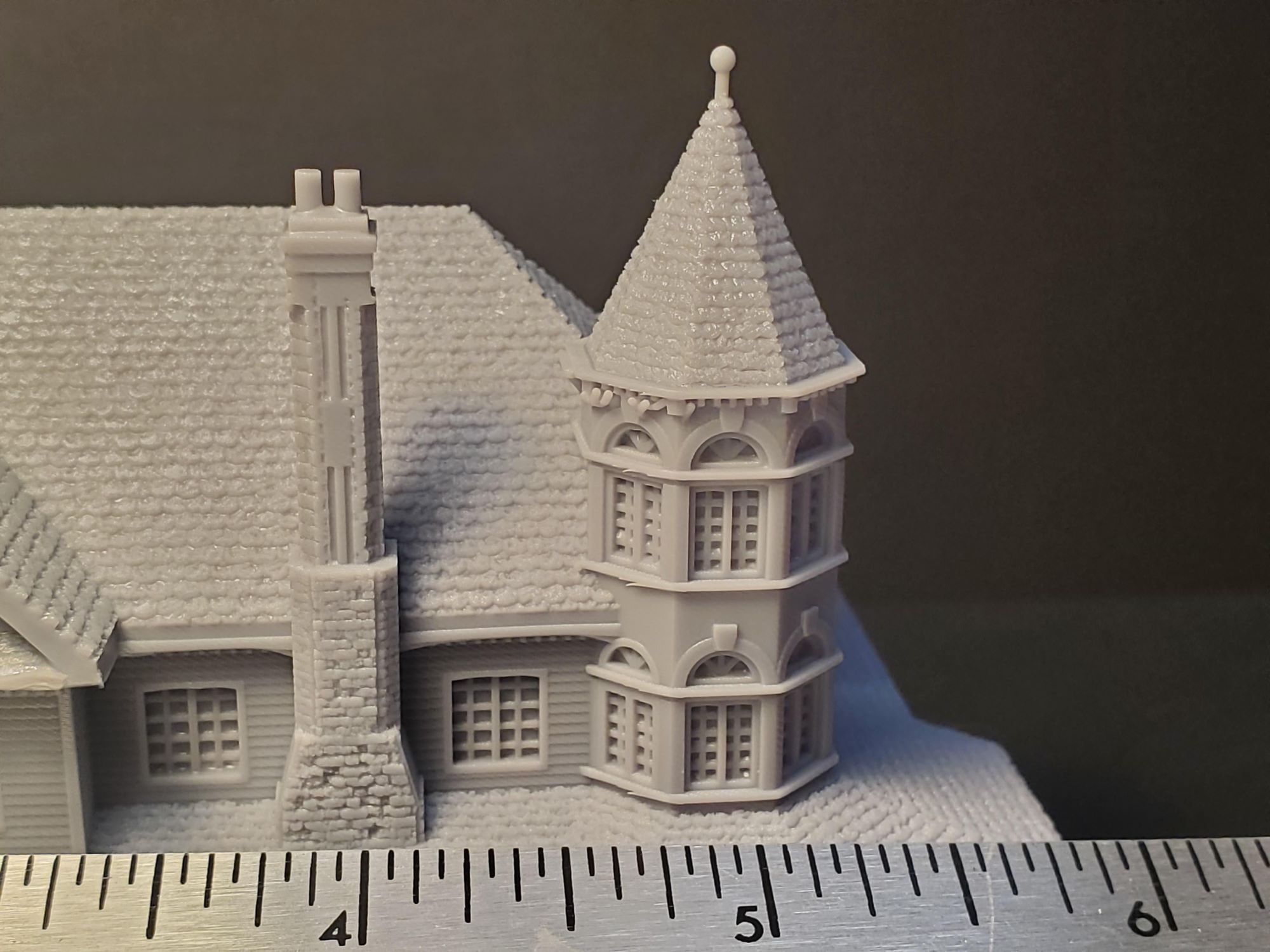
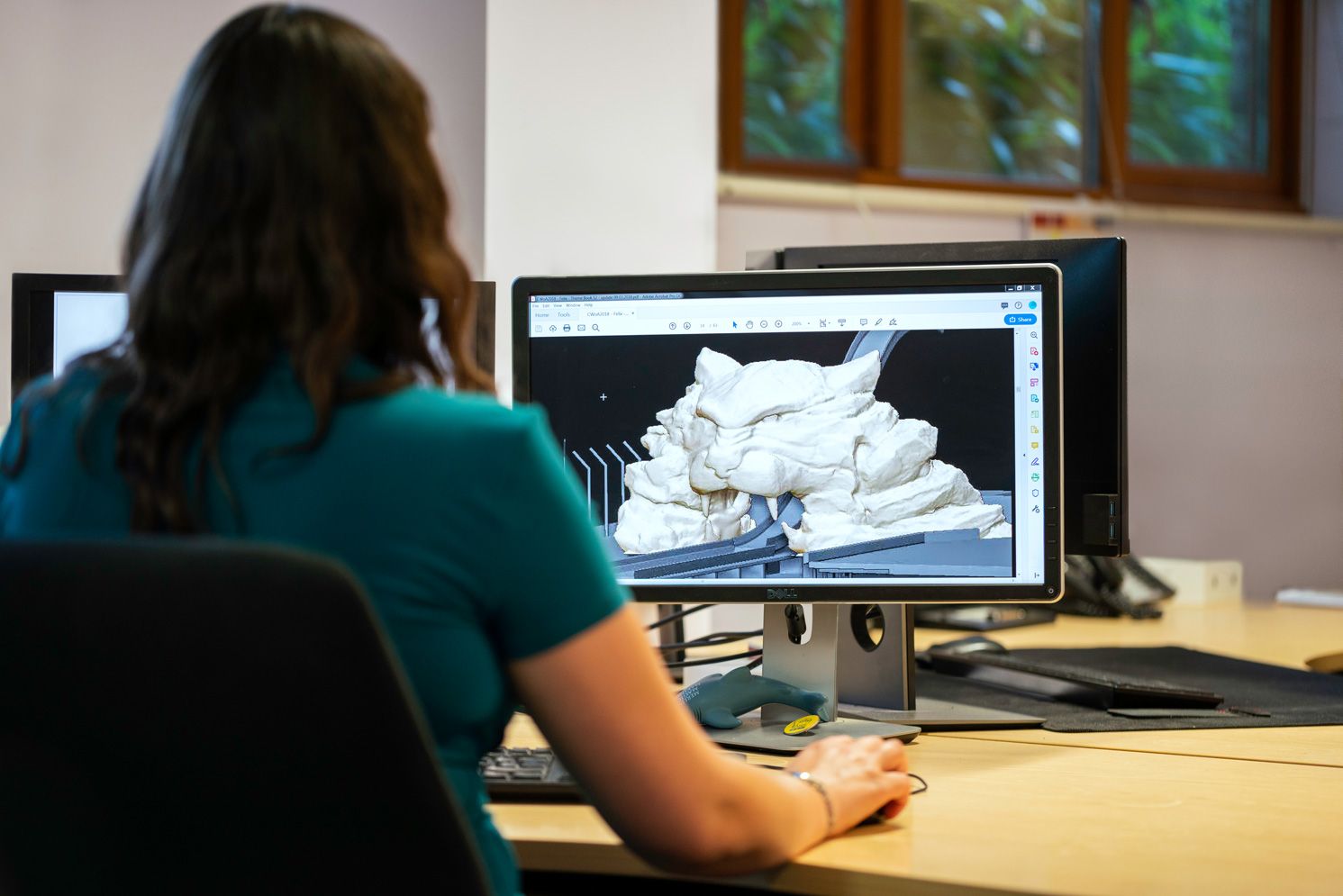
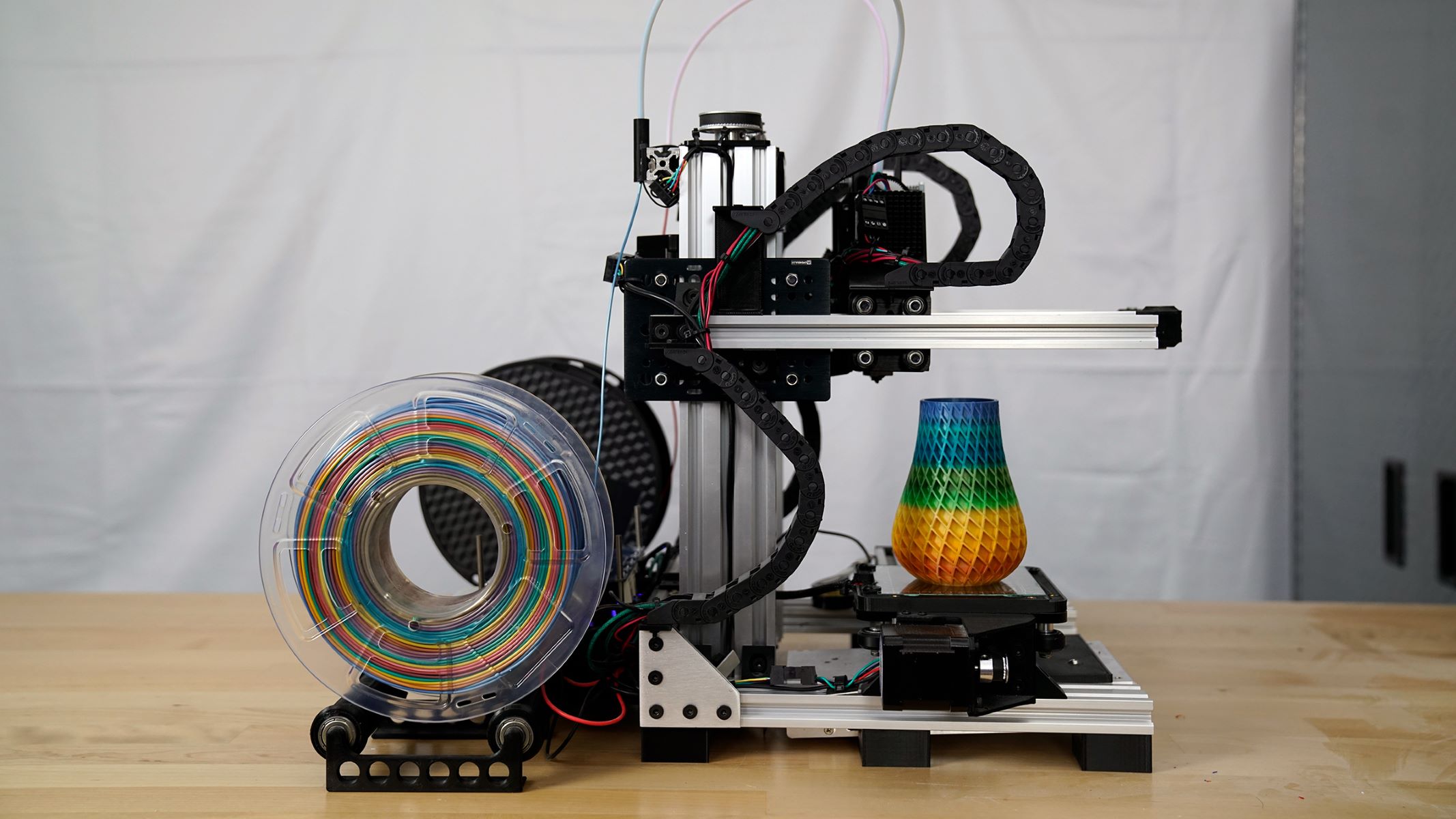
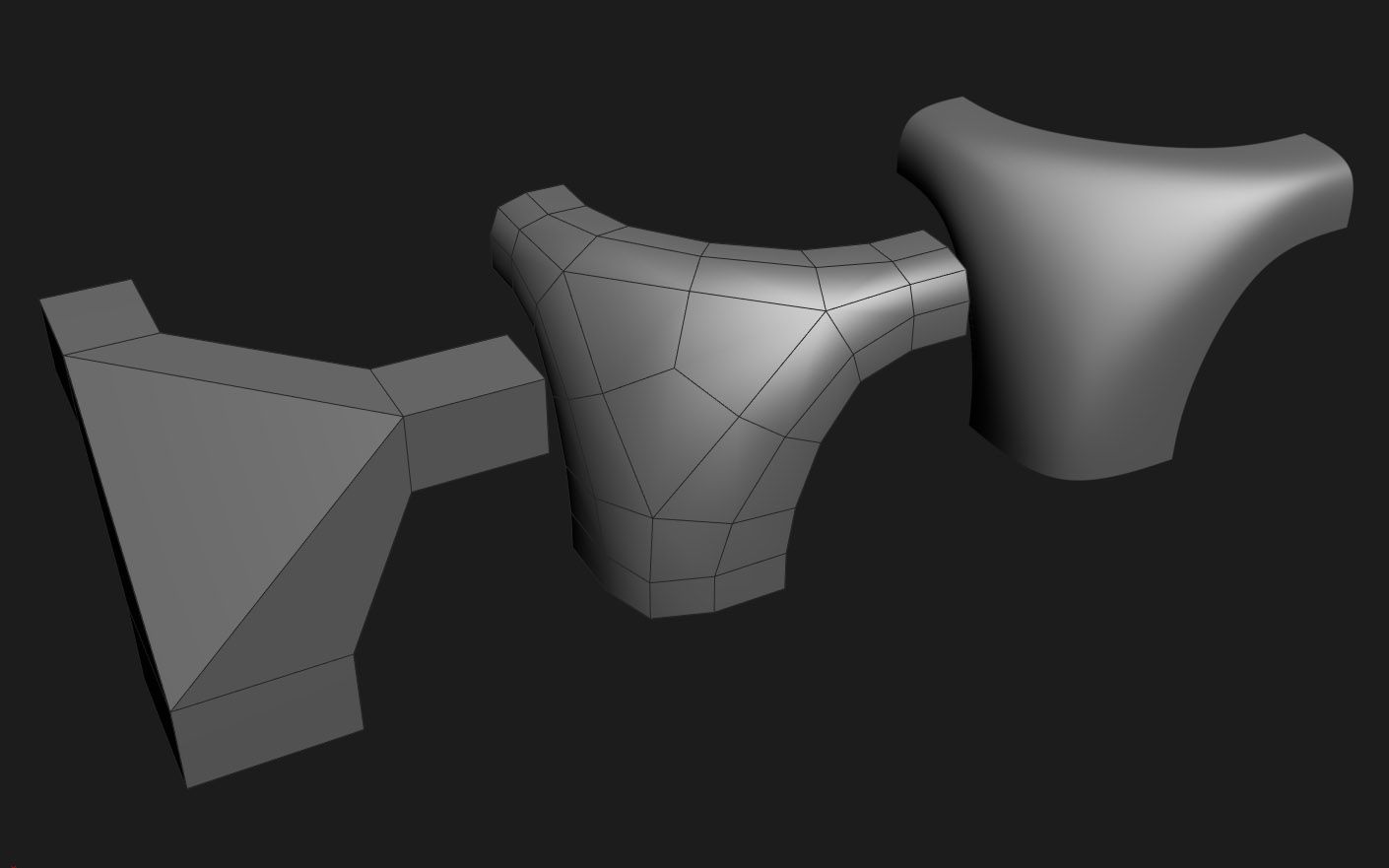

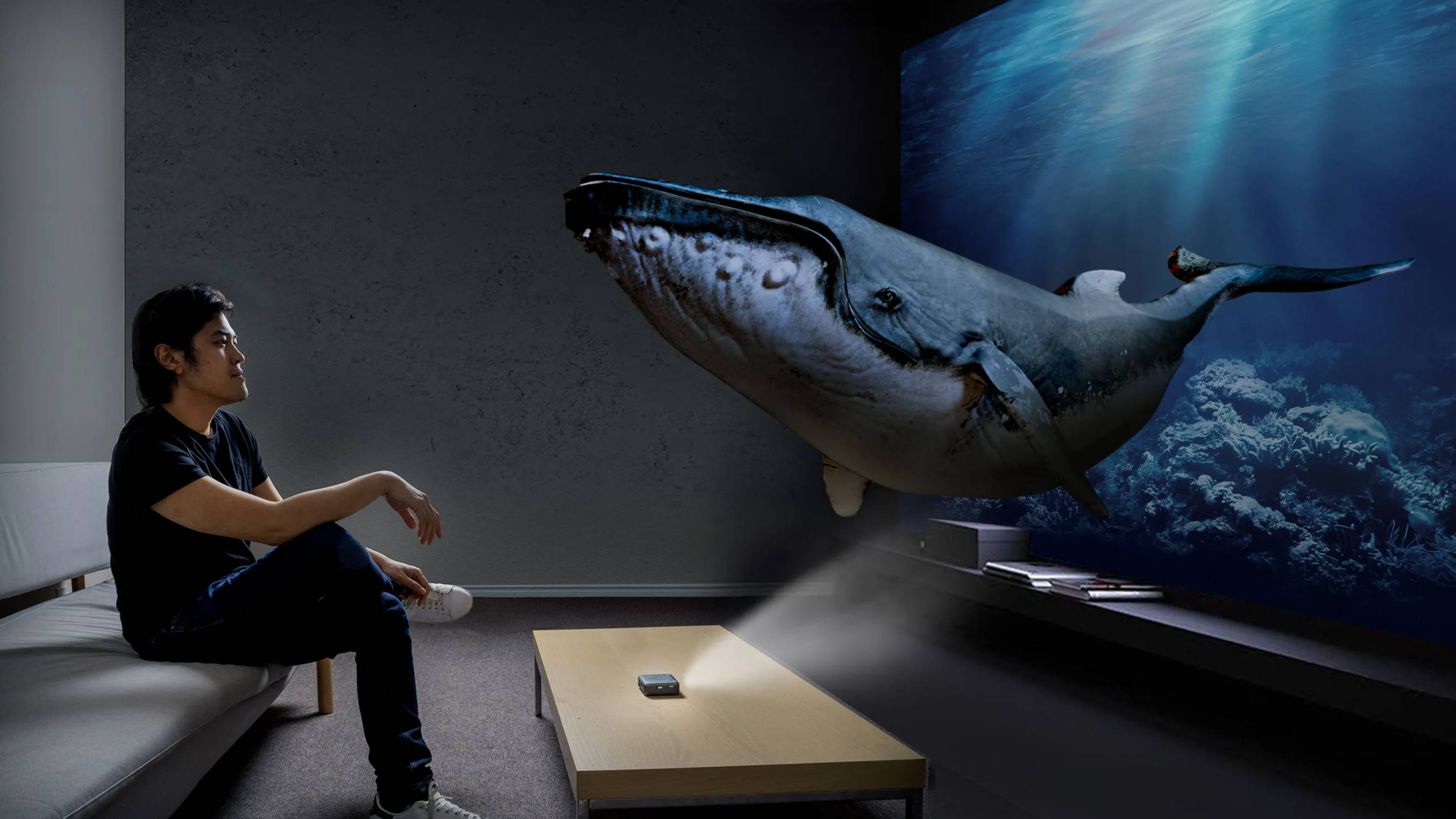
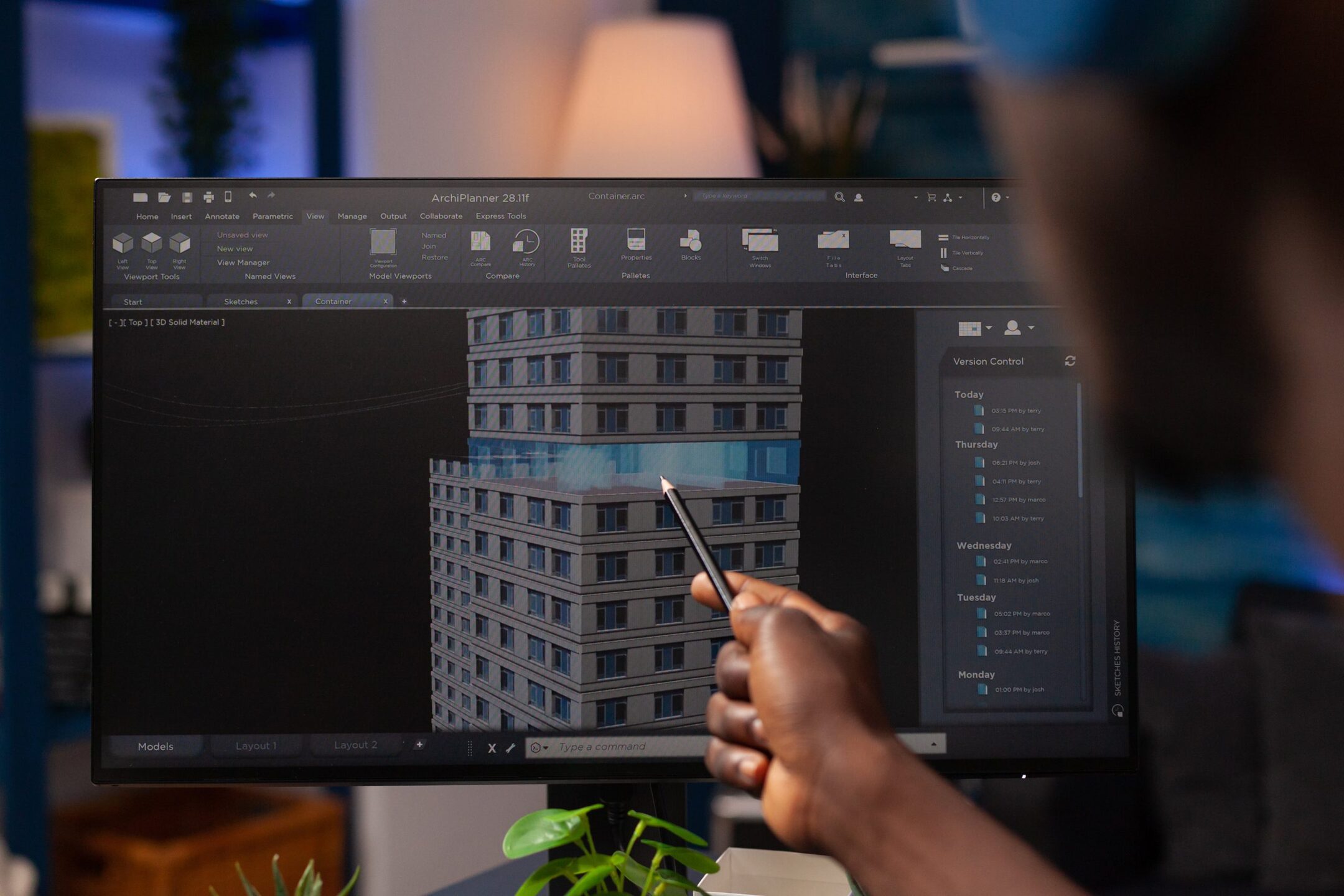
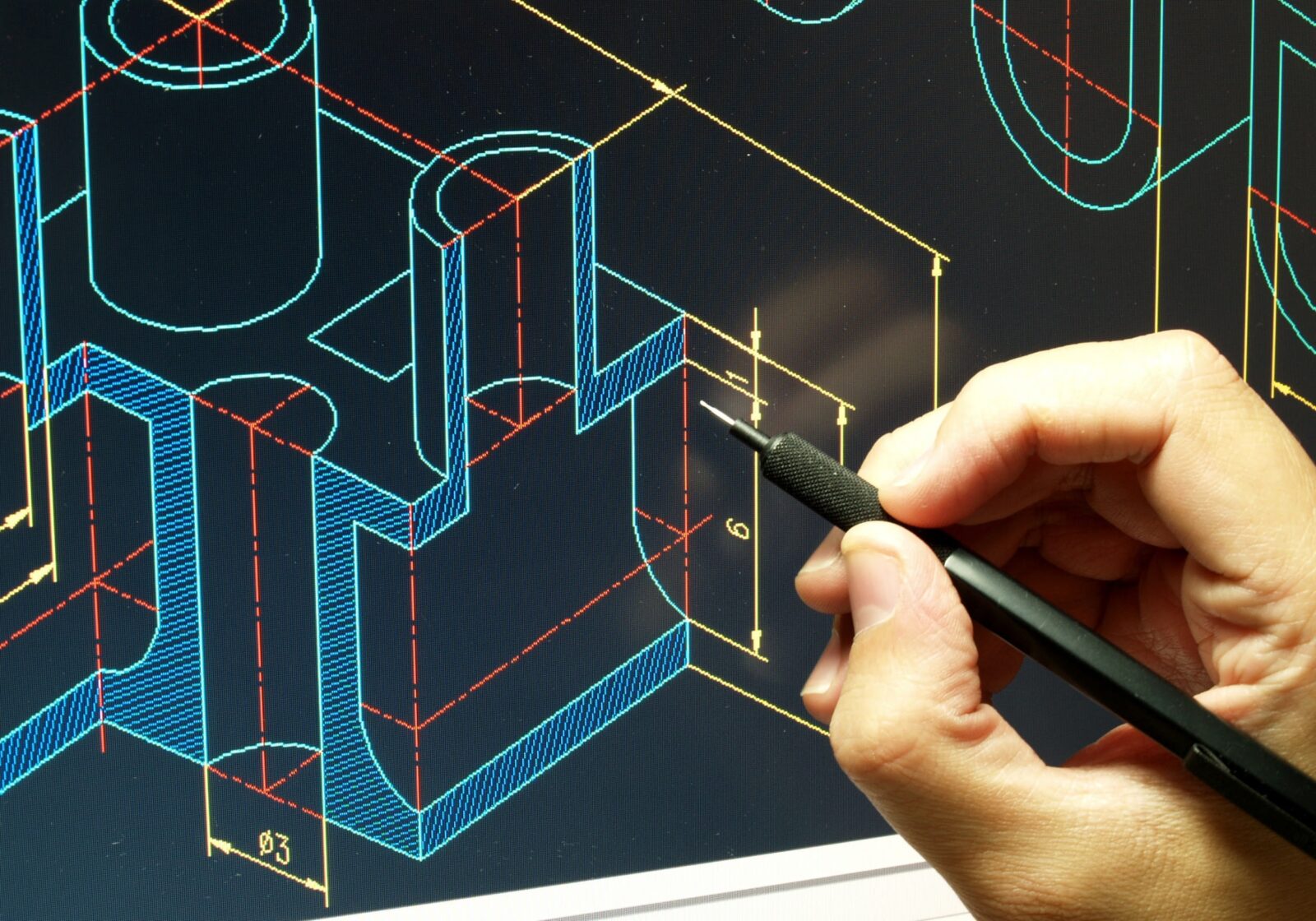

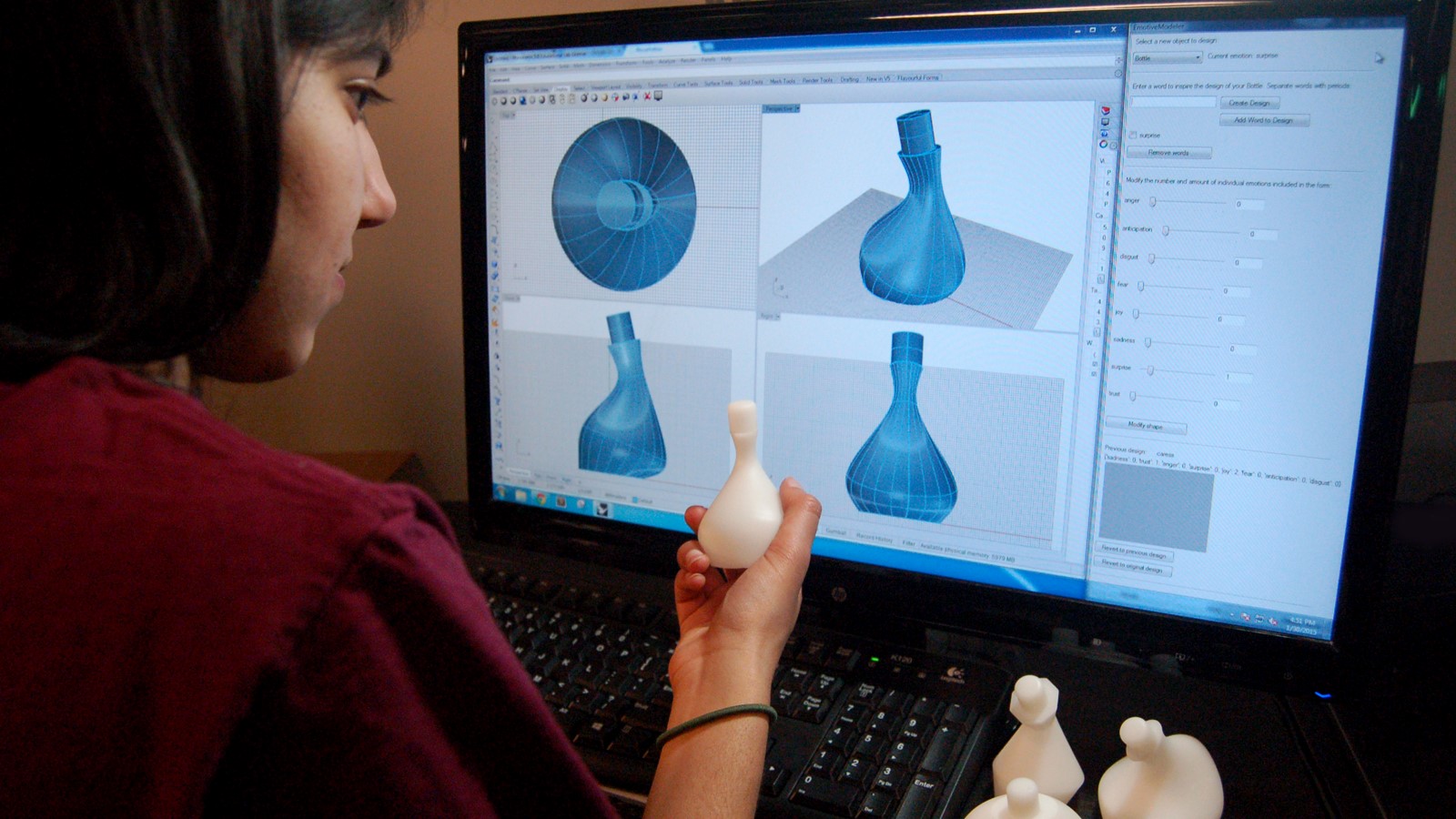


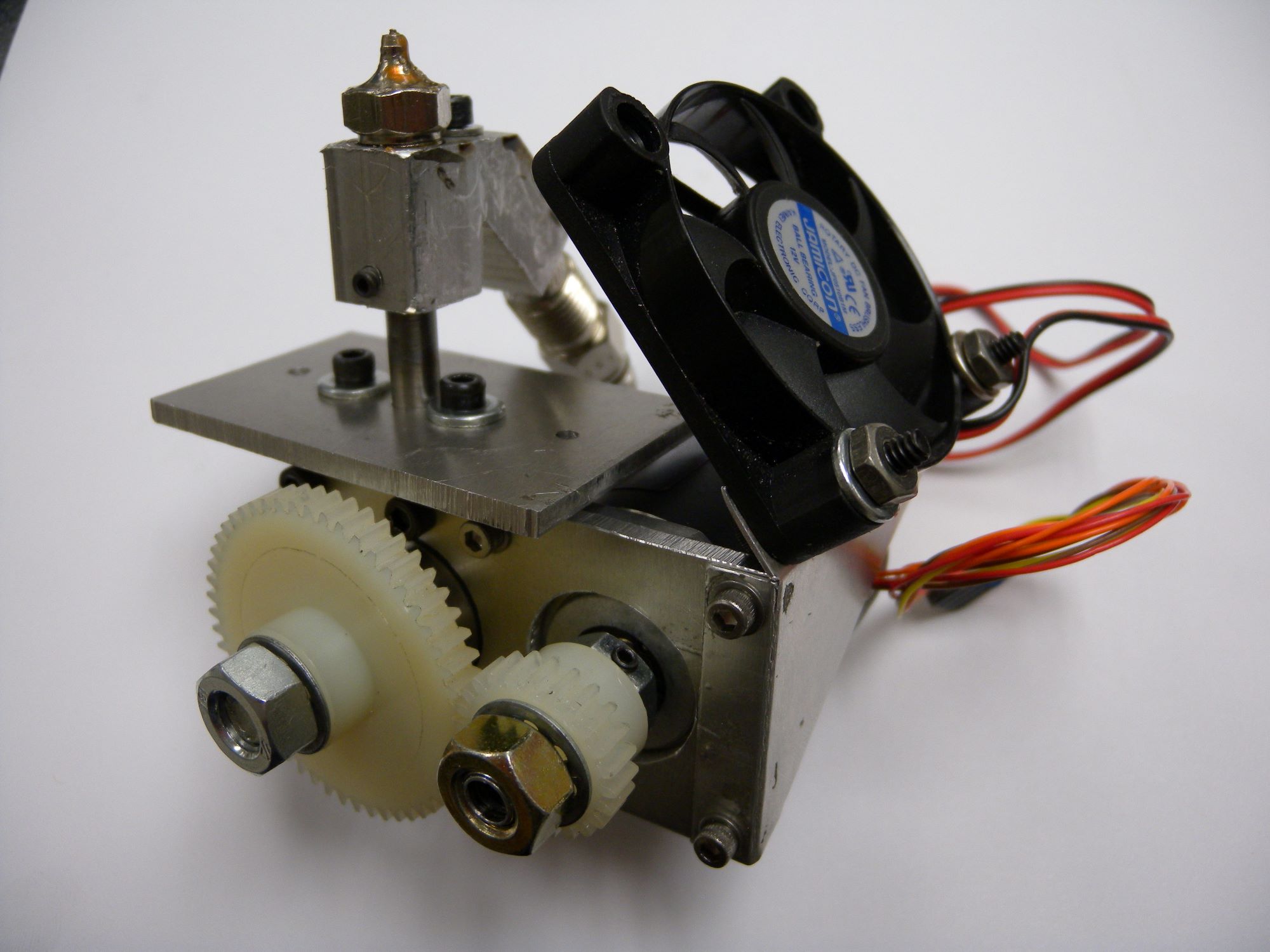

0 thoughts on “3D Television: How Does It Work?”